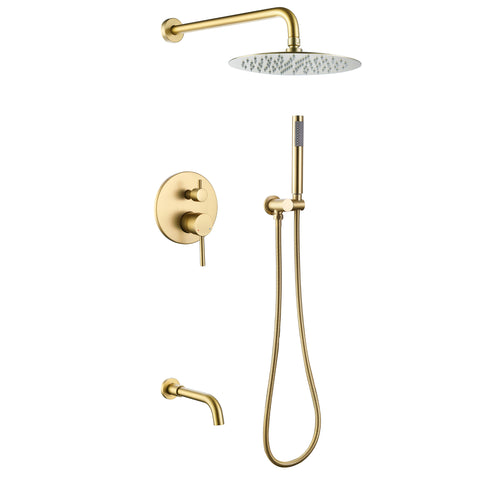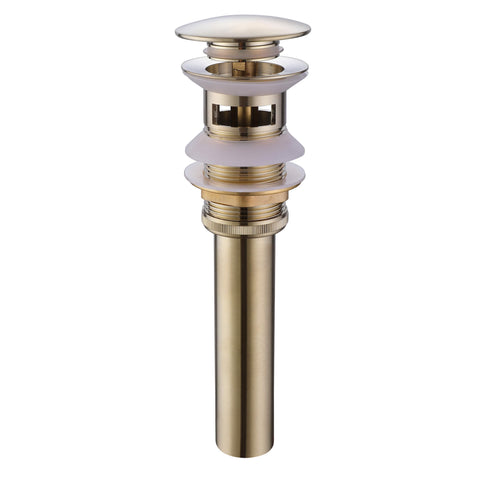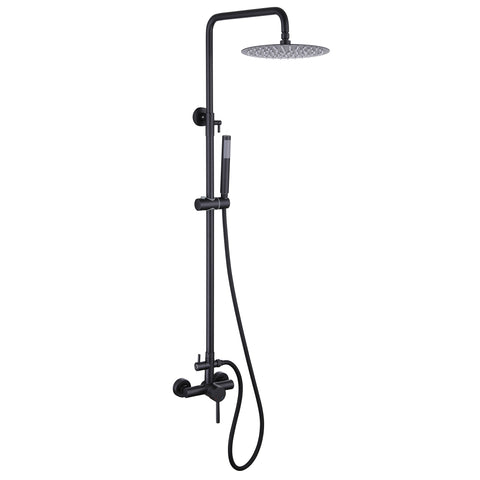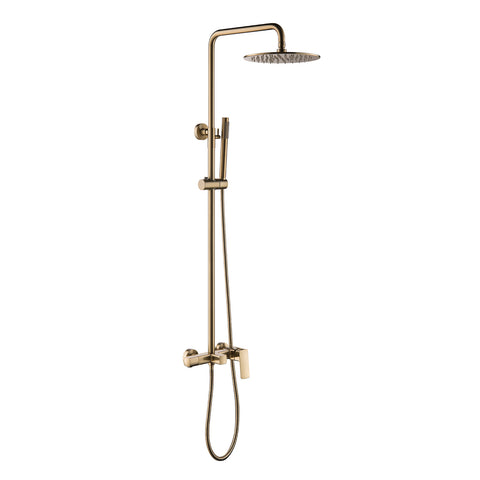Why is Water Coming Out of My Faucet So Slowly?
1. Clogged Faucet Aerator:
One of the most common culprits for slow water flow is a clogged faucet aerator. Over time, mineral deposits, dirt, and debris can accumulate in the aerator, obstructing the flow of water. The good news is that this issue can be easily resolved. Simply remove the aerator from the tip of the faucet, clean it thoroughly with a brush and vinegar solution, then reattach it. You'll be amazed at how much of a difference this simple maintenance task can make!
2. Water Pressure Problems:
Another possible cause of slow water flow is inadequate water pressure. Low water pressure can stem from various factors, such as a malfunctioning pressure regulator, a closed supply valve, or even issues with your municipal water supply. To diagnose this problem, start by checking the water pressure in your other taps. If all of them show similar slow water flow, the issue may lie outside your home, and you should contact your water provider. However, if only one faucet is affected, it's an internal issue that can be fixed by adjusting the pressure regulator or valves.
3. Pipe Blockages or Leaks:
Sometimes, slow water flow can be attributed to blockages or leaks somewhere along the water pipes in your home. Over time, mineral deposits, rust, or debris may build up inside the pipes, causing obstructions and reducing water flow Additionally, leaks in the pipes can result in decreased water pressure. If you suspect a blockage or leak, it's best to call a professional plumber who can help locate and address the issue effectively.
4. Corroded Plumbing:
Older homes often have galvanized iron pipes, which can corrode over time. This corrosion leads to reduced flow due to the buildup of rust and sediment within the pipes. If you have an older plumbing system, consider contacting a plumber to evaluate the condition of your pipes. Replacing corroded pipes with newer, more durable materials like copper or PEX can significantly improve your water flow and reduce the likelihood of future issues.
Conclusion:
Slow water flow from yours can be frustrating, but with a little investigation and some simple maintenance, you can restore a strong and steady stream. Start by cleaning or replacing the faucet aerator, checking for water pressure problems, and inspecting for any blockages or leaks. If needed, consider contacting a professional plumber to help diagnose and resolve the issue. Remember, timely action will prevent the annoyance of slow water flow from impacting your daily routine. Enjoy the full force of that refreshing water once again!













